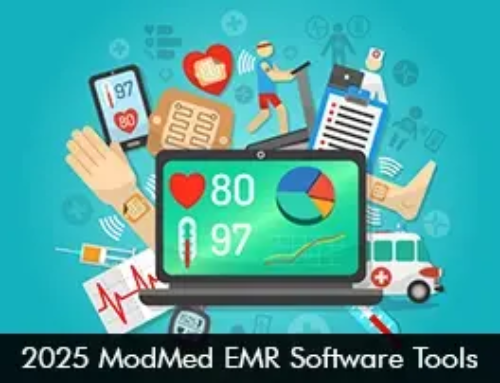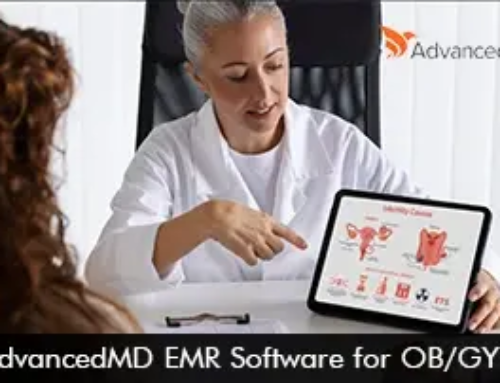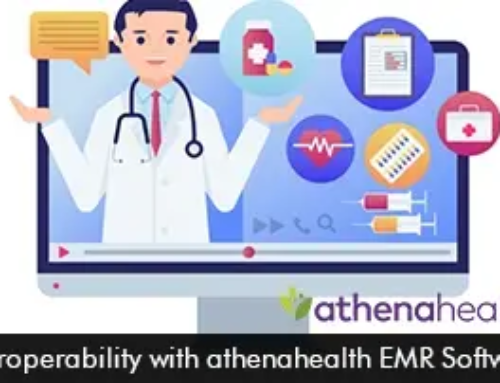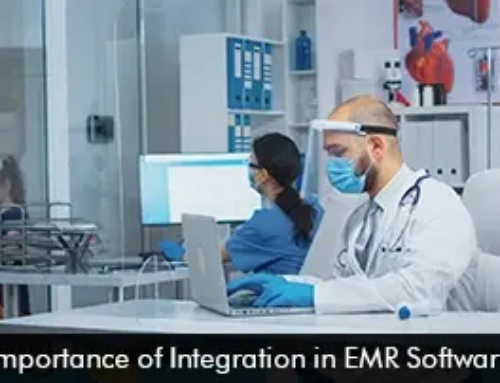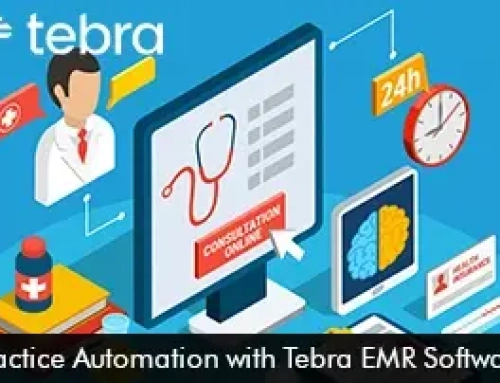Electronic Medical Records (EMR) Software systems have revolutionized healthcare by introducing digital records and saying goodbye to inefficient and time-consuming paper records. It is very famously said that “time is money” and of course when EHR Software systems are embraced they speed up workflows, boosting productivity levels, reducing costs, and improving the revenue stream.
The Role of EHR Software User Design in Saving Time for Physicians
When it comes to Electronic Health Records software, physician time is heavily influenced by user-centered design. An intuitive and effective user experience is ensured by a well-designed EMR Software interface, which takes into consideration the particular workflow and requirements of healthcare professionals. A quicker and smoother interface with the software is made possible by features including streamlined navigation, simple data entry forms, and conspicuous placement of frequently used functionalities.
Physicians may enter and retrieve patient data quickly with the help of features like swift-access shortcuts, intelligent data entry suggestions, and customized templates. A good user interface helps doctors save a lot of time in their everyday practice by minimizing the learning curve, lowering the chance of mistakes, and eventually allowing them to concentrate more on patient care rather than battling the intricacies of the electronic health records software system.
The Time-Saving Advantages of Using EMR Software Technology
Efficient and Quick Patient Data Retrieval
EHR software reduces the time spent looking for paper charts or traversing between systems by providing rapid and simple access to patient records. The provider’s decision-making becomes quicker as a result, and patient care is enhanced.
Simplified and Swift Clinical Documentation
Many EMR Software vendors such as athenahealth Software, Epic Systems, and AdvancedMD EMR Software offer speech recognition features to streamline clinical documentation. Through the robust voice recognition capability clinicians can easily dictate notes and enter data. This helps to save a lot of time and even alleviates the issue of physician burnout.
Seamless Integration with Other Systems
EMR systems are compatible with lab, pharmacy, and billing systems, among other healthcare systems. This integration lowers errors, cuts down on duplicate data entry, and improves workflow efficiency overall.
Faster and Efficient Communication
Electronic Health Records (EHR) Software includes electronic communication capabilities that allow healthcare providers to communicate more quickly and securely. This can involve electronic messaging, referrals, and patient information sharing, all of which help to reduce patient care delays. The communication is secured via HIPAA compliance.
Automation of daily workflows
Staff members benefit greatly from the automation offered by EMR systems. For example, tedious administrative tasks such as patient scheduling, billing, and insurance verification are simplified giving employees more time to focus on patient services.
Moving Ahead
There is an initial cost of investment involved when deploying EHR Software, but the long-term benefits of efficiency, improved patient care and optimized workflows prove to be a fruitful investment.



